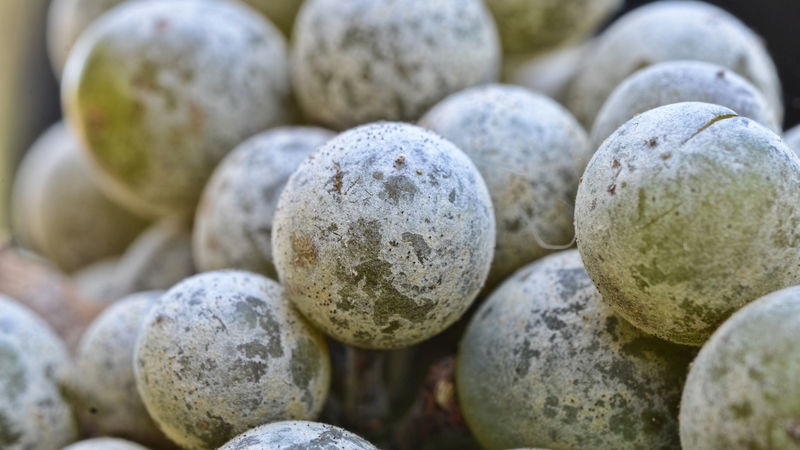Ways To Edge Out Your Competition in the Vegetable Greenhouse

If all greenhouse growers in your area have tomatoes in production, you’ll need to find a way to stand out. Either through less common tomato varieties or by growing other in-demand crops. Photo by Meister Media Worldwide staff

The only way to avoid competition entirely is to be the only grower in your immediate area. This, in effect, is a monopoly, though only in a limited geographical area. If this applies to you, there’s no need to read the rest of this article.
Everyone else has to deal with competition and figure out which technique, or combination of techniques, works best.
One of the most common — and risky — options is to lower your price in order to undercut other growers.
Not a good idea. While this can work sometimes, it can also lead to you and your neighboring growers lowering profit margins or even losing money as the undercutting spirals prices down-ward for everybody. This is why it’s so important to know the costs of production, so you don’t do all that hard work for a net loss. Be sure your price is fair and profitable.
Here are a few better ideas:
Differentiation
Making your product different from the others available to consumers is a proven method for successful competition. How is your produce different?
Quality
Showing your customers that your produce is consistently the best quality makes a positive impression. Buyers will look for your tomatoes, lettuce, cucumbers, etc., if they know they can count on them being trouble-free for their consumers.
So, cluster prune while tomatoes are marble sized, removing the small, misshapen, or otherwise ugly fruit before letting them mature any further. Letting them get full size on the plant is inefficient.
Grade your vegetables carefully and either have a secondary market for culls (canning tomatoes? animal feed?), compost them, or just discard them. Build your reputation on high quality, and you will have customer loyalty.
Specialty or Uniqueness
Is everybody in your area growing tomatoes? Think about lettuce, peppers, cucumbers, eggplant, or even herbs.
Keep in mind that deciding which crop to grow must be based on your market — will you be able to sell it? Only grow what you know you can sell.
So, check with your store produce managers, your farmers market customers, your restaurants, and your direct market retail customers. Also, keep in mind that some crops are harder to grow than others and each one has specific environmental, nutritional, and water requirements.
While none of these crops would be called easy to grow compared to field-grown crops, tomatoes are a bit easier than eggplant or peppers, so it’s probably better to get your feet wet with tomatoes first.
If there’s demand for cucumbers already, try the smaller, sweeter, albeit alpha type, and see what your customers think. Do your research before venturing into a new crop.
While “research” these days often means watching a few YouTubes, in this case it would be best to talk to your Extension vegetable specialist or county agent and visit some growers. Ask a lot of questions.
Product Pairing
Suppose a customer’s main demand is for tomatoes, but you can also supply lettuce, or kale, or snap beans, or even eggs?
But you don’t raise those other things. Partner up with another producer and pair your products to attract more customers.
This works very well with CSAs (community supported agriculture) but can work for other retail or even wholesale businesses as well. Keep your ears open to stay aware of what the buyers need. You may discover something valuable that never occurred to you before.
Comments? Drop me a line.










